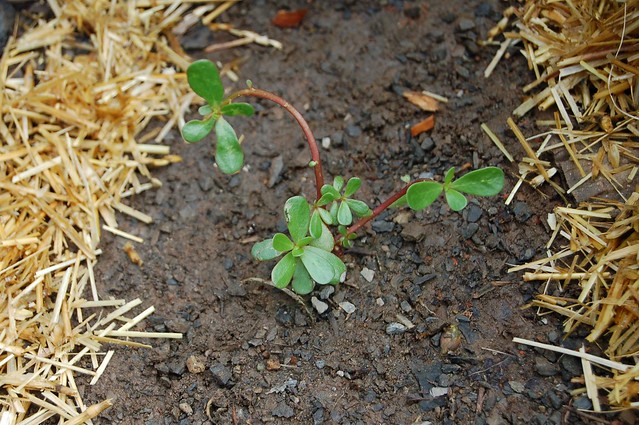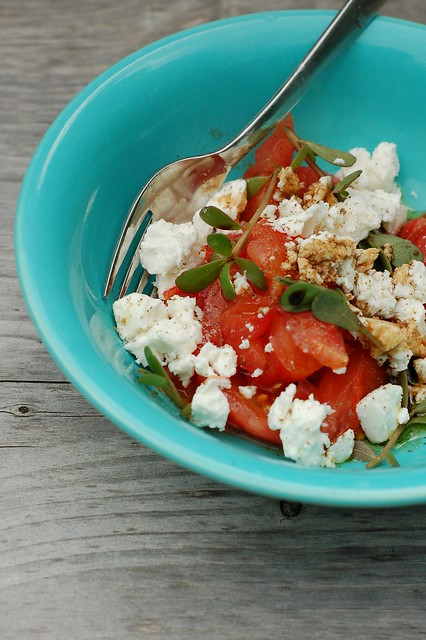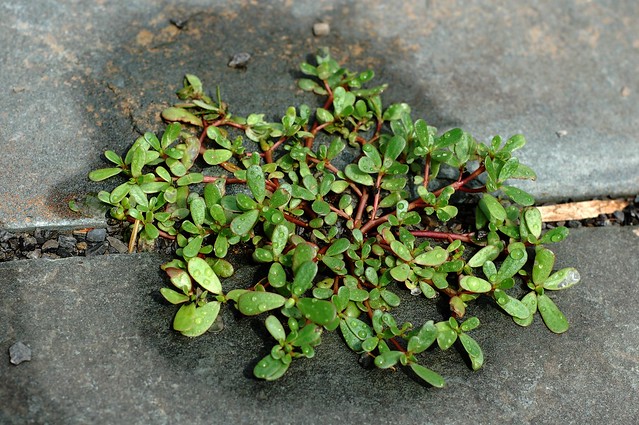A succulent, low-growing plant, purslane has a mild lemony flavor with a hint of pepper and a pleasing texture that is half-chewy, half-crunchy. I like it so much that I actually planted it between the rows of my garden this summer.
Known as verdolaga in Spanish, semizotu in Turkish and pourpier potager in French, purslane is packed with vitamins, minerals, and antioxidants and has the highest Omega-3 content of any leafy green. It's so full of goodness that Michael Pollan actually called it one of the two most nutritious foods on earth in his treatise, In Defense of Food: An Eater's Manifesto
Purslane is very versatile - you can eat it pickled, in a chopped Middle Eastern salad, in a green salad, in tacos, with garlic, yogurt and salt, in potato salad, in a cucumber-yogurt salad, in a hearty lamb stew, in soup, and more.
To sum up, purslane is a wildly nutritious, tasty vegetable that grows like a weed. What's not to like?
You might also like:
- Eat Your Weeds - Wild Garlic
- Wild Raspberries, Invasive, Yes, But Mighty Tasty...
- On the Hunt for Wild Greens - Miner's Lettuce









One of my favorite dishes when I lived on the Island of Crete was Purslane boiled in olive oil and potatoes, finished off with lemon juice and minced garlic. Thank you for the great article and recipes!
ReplyDeleteBill Bradley, Mediterranean Living
Purslane was one of my favorite foods when I lived on the Island of Crete. Not only do the inhabitants of the Island eat it, but the chickens do too. This is why chickens and eggs there are so high in Omega-3 fats.
ReplyDeleteGreat article!
Bill Bradley
Mediterranean Living
Thanks, Bill! And thanks for making that connection about the chickens/eggs/Omega 3s. I had totally overlooked that even though I had heard that chickens love purslane and I read The Queen of Fats a number of years ago. Awesome point!
ReplyDelete